Trends and Statistics: How Internet Companies Create an Effective Newsletter
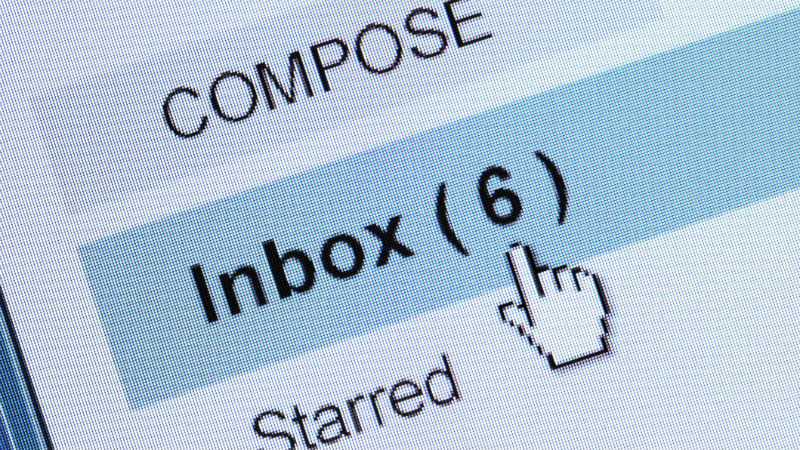
Mailing lists remain one of the most effective tools for working with an audience, including IT projects. However, many companies, in particular in the field of electronic commerce, still make mistakes that lead to the fact that their letters do not reach the addressees.
In today's topic, we will talk about general trends in the field of mailing lists and back up this information with statistical data that will help IT companies create effective mailings .
Email Marketing Trends
Let's start by talking about notable trends in email marketing. Several important facts can be highlighted here.
4.3 billion accounts in 2015
According to researchers, in 2015 the mark of 4.3 billion email accounts will be overcome. This means that email not only does not lose its popularity, but will continue to be one of the most sought-after digital communication channels.
Obvious is the fact that companies will strive to get the greatest possible audience reach through mailing lists. Below are a few statistics using which you can achieve better results when working with email.
The length of the subject field is not particularly important.
The Mailchimp email service team conducted a study to find out if the length of the subject line affects its effectiveness. Analysts studied 12 billion letters sent in 2012 regarding how the increase in the length of the subject field affects the rate of opening letters and the number of clicks on links within it. The results suggest that the length of the topic does not affect these indicators in any way:
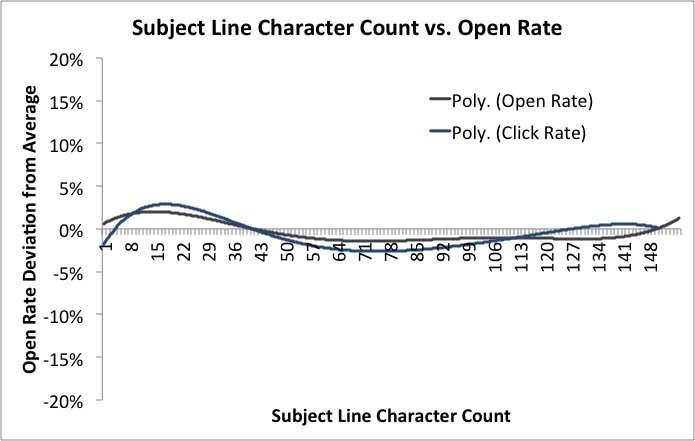
Adestra representatives conducted their research, which confirmed the fact that the opening rate does not depend on the length of the letter. As for clicks and the number of users who clicked on links after opening the letter, it turned out that longer subject lines of letters show better results:
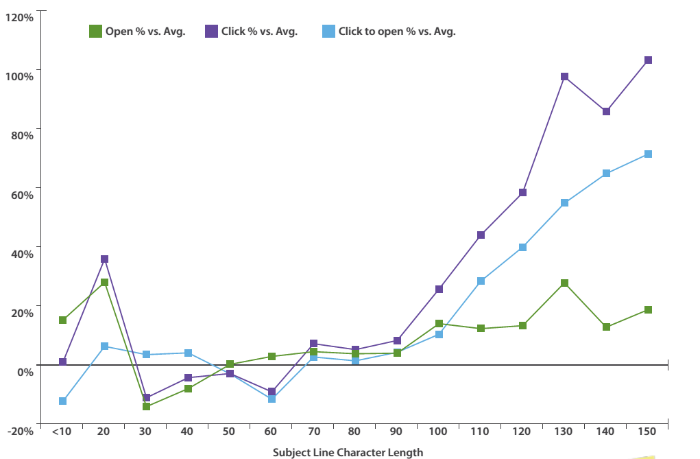
Personalization is the key to success
According to the same Adestra, a letter with a personalized subject will be opened with a probability of 22.2%.
Social buttons in letters increase CTR
According to GetResponse, emails with social media buttons installed in them showed a CTR of 158% higher than mailing lists that did not include such buttons.
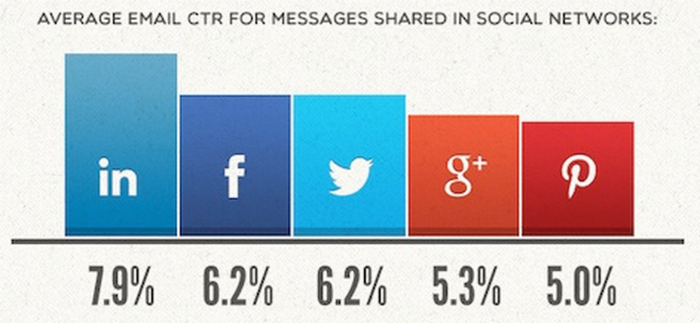
Runet statistics
A large number of letters are sent daily through the Pechkin-mail.ru service , which gives us the opportunity to collect interesting statistics about which mailings of Runet companies show the best results and what factors influence this.
It’s best to send mailings on Monday
There is a widespread belief that the best results can be achieved when sending emails if you send letters on Tuesday (there are also refutations of this thesis).
There is evidence that on Monday it is possible to achieve the greatest financial return on sent letters - our statistics confirm the thesis about the productivity of the first working day (although, honestly, other days of the week are also slightly worse for mailings):
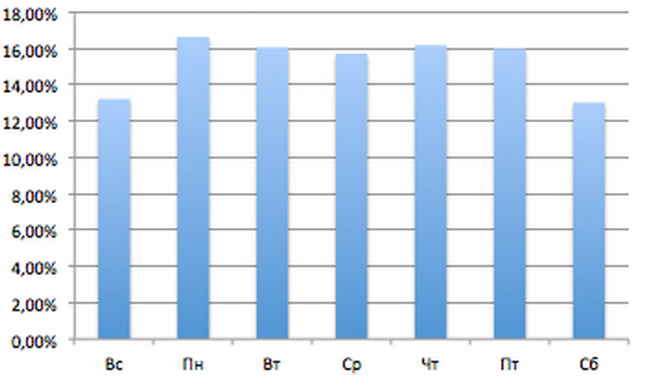
In the first days after the newsletter, it is most often opened.
Despite the fact that according to some studies, email is named one of the slowest ways to contact customers, our data suggests otherwise. In fact, mailings are very efficient - half of all open emails are completed within 6 hours, and on the first day - more than 75%.
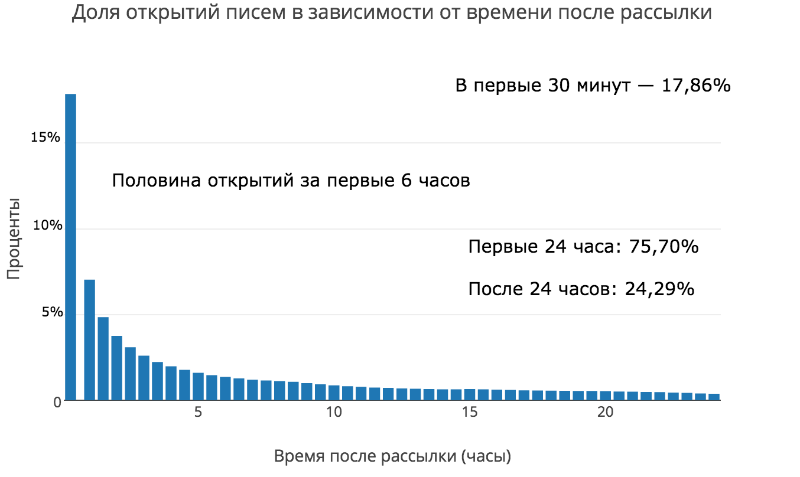
When letters read best
People read e-mail throughout the working day - as can be seen on the graph, the distribution of the percentage of open emails is fairly uniform. In order to get the greatest audience reach, you should send mailings at the beginning of the working day - most of the discoveries will happen in the first few hours, so you do not need to wait until night.

Gmail ahead of Rambler-mail on the popularity of Runet
Two years ago we already published a similar material on Habré. According to the then statistics, Runet users more often sent letters via Rambler’s mail. Over the past time, Gmail has managed to not only clear the gap, but also significantly outperform the competitor.
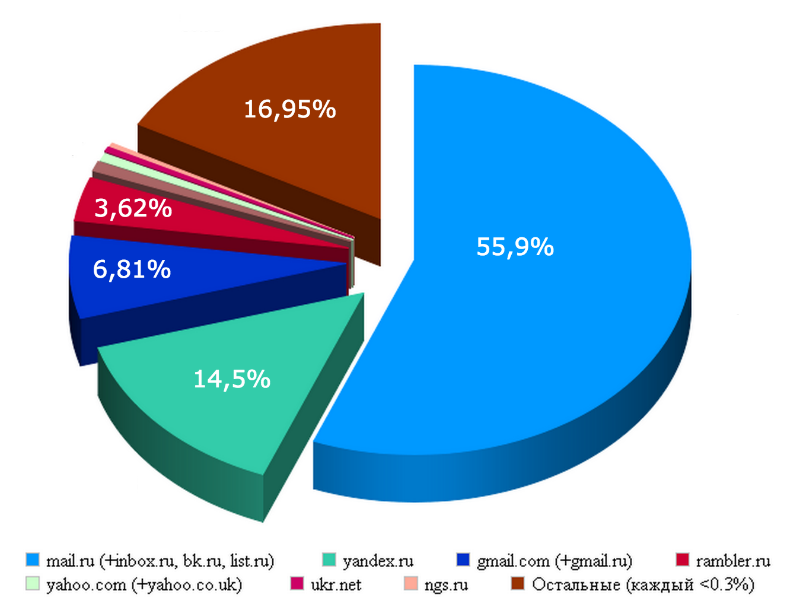
How effective are IT company mailings
In recent years, many IT companies have begun to actively use newsletters as a means of communication with customers and have achieved some success in this field. According to the Mailchimp service, technology project mailings, in general, are read no worse than letters from companies from other industries. The following is a cut-off for telecommunications companies, social services, software developers and online stores:
| Industry | Opening rate | Clicks | Bounce |
|---|---|---|---|
| Social Services | 22.54% | 3.81% | 0.44% |
| Software and Mobile Application Developers | 23.27% | 2.80% | 1.17% |
| Telecommunications | 20.63% | 2.25% | 1.26% |
| E-commerce | 17.14% | 2.69% | 0.36% |
For comparison, real estate organizations have a bounce rate of 22.20%, a clickthrough rate of 2.29% and a bounce rate of 0.87%.
That's all for today, thanks for watching. In our next publications, we will talk about how to typeset and format letters so that they do not fall into the spam folder, services and tools for creating HTML versions of letters, click accounting technologies, discoveries and additions to spam, and other interesting topics.
